 Abraham Lincoln
If given the truth, the people can be depended upon to meet any national crisis...
Abraham Lincoln
If given the truth, the people can be depended upon to meet any national crisis...
 Guildford news...
for Guildford people, brought to you by Guildford reporters - Guildford's own news service
Guildford news...
for Guildford people, brought to you by Guildford reporters - Guildford's own news service
Birdwatcher’s Diary No.73
Published on: 2 Nov, 2014
Updated on: 2 Nov, 2014
By Malcolm Fincham
Although remaining very mild during the last few weeks of October, it was very much a case of mixed fortunes for me in terms of photography, with both weather and the wildlife working against me for much of it.
By the middle of October the first influx of redwing arriving to winter in the UK from Scandinavia started to be recorded in Surrey and surrounding counties. I recorded my first autumn sighting of 35 on October 16 in Wonersh, but only managing a few record shots when a number of them landed in a distant tree.
An unusually high number of ring ouzels were spotted in Surrey and surrounding southern counties on their migration south. Most of these are thought to have bred in Scandinavia and have been making their way through the British Isles to winter in southern Spain and northwest Africa.
Click here for details of ring ouzels.
Although missing out on some of the ones reported locally, I have been fortunate to have seen and photographed them on some of their mountainous northern breeding grounds both in Cumbria and Scotland.
Having written about my sighting of red kite in my previous report, I continued to have sightings on October 17 and 24, when a red kite drifted low over Wonersh Park and the second as it drifted over Shamley Green.
In Northcote Lane, Shamley Green I was pleased to get my first sighting this year of a little owl as it perched on a telegraph pole in broad daylight, in spite of my initial annoyance that it decided to take flight before I could capture it on my camera. I was at same time pleased as it was the first I had seen this year. I have added one from my archive collection.
While still no sightings of little egrets being reported in the Guildford area yet this autumn, grey heron continue to be a common sight.
On October 20, a great grey shrike made a reappearance on Thursley Common, back from its summer breeding grounds in more northern parts of Europe.
The great grey shrike (northern shrike) is also known as the butcher bird. It is renown for catching small rodents and beetles, and so on, and to hang them on spikes of shrubs or trees – like a butcher using meat hooks and hanging meat in a larder for later consumption.
Having got some rather pleasing pictures early in the year, I haven’t been in too much of a rush to get back over there, but will no doubt be tempted to try to improve on some of my previous pictures before the year is out.
Leaving the sun-filled skies of Guildford behind for a few days break with my long suffering wife turned out to be a challenge for me as we arrived in a fog-bound Devon and Cornwall.
Determined to get some pictures of some kind, I managed to persuade a slight detour on-route to a place called Labrador Bay with a rather desperate hope of some photos of cirl buntings, a now rare UK bird that can only be seen in a few selective areas of Devon.
With visibility down to about 50 yards, I was beginning to feel it might be a fruitless mission as I left my wife and daughter to use the best of their imaginations as to how the view across the bay might look.
Arriving at the far end of the first field, and aware of not wanting wandering too far in fear of not being able to retrace my steps, I heard and saw a small flock of about 15 cirl buntings fly up from the field and into the hedgerow.
Keeping still and with some patience, I watched as a few both male and female appeared seemingly curious of my presence.
Slowly moving closer to the birds, and under the circumstances of the weather conditions, I was finally able to get what I felt were some reasonable shots of a female.
And even eventually a few of the more colourful and distinctive males.
Although far from award winning, I was rather pleased to bring home some memorable pictures.
Nothing more of renown could be added in our few days stay on the moors of Bodmin as the fog persisted, however my own persistence and obsession did get me a delightful photo of a robin.
And even a signing dunnock.
Stoke Nature Reserve started to show a build up of wintering birds toward the end of October.
Tufted duck now numbered more than 20 on Stoke Lake.
While out on the flooded scrape viewed from by Stoke Lock, more than 70 teal could be counted.
With even my first sighting this autumn of a shoveler there.
While mixed flocks of small birds, including long-tailed tits, can be seen and heard as they work their way though the trees around the reserve.
My most pleasing sighting, and a first for me at the site, was on October 30 when I spotted a dark-bellied brent goose happily feeding out on the scrape.
These birds are often seen in large numbers during winter on southern coastal reserves such as Farlington Marshes near Portsmouth having made their 2,500 mile trip from their breeding grounds in Siberia. I have written about them in some of my previous reports.
Although only a few miles short of an epic journey, perhaps this young looking one decided it was time to stop off for a snack.
It’s certainly a rare sighting in this part of Surrey.
The last day of October brought with it the warmest Hallowe’en day since Met Office records began in 1914.
For me it was an afternoon cycle ride out to see the barn owl at his daytime roost at Bowers Lock.
And with no sign of the brent goose seen on the previous day, it was one last photo of Stoke Lake to end the month, as well as my latest report, as low afternoon sun began to fade, and then home.
Recent Articles
- Insights: The Band on the Titanic Strikes Up ‘Devolution!’ – Part 1
- Letter: Benefits of New Ash Bridge Are Dubious
- Letter: Unitary Authorities Will Allow More Coherent Planning
- Emergency Work on Embankment to Reopen Guildford to Effingham Line
- Letter: Twas the Night Before Christmas…
- Burglar Jailed Thanks To Quick Action of Ash Resident
- Highways Bulletin for December
- Birdwatcher’s Diary No.318 Some Pre-Christmas Rambles
- Merry Christmas and a Happy New Year to All Our Contributors and Readers!
- More Units Added to Solums’s Station Redevelopment


Search in Site
Media Gallery
Dragon Interview: Local Artist Leaves Her Mark At One of England’s Most Historic Buildings
January 21, 2023 / No Comment / Read MoreDragon Interview: Lib Dem Planning Chair: ‘Current Policy Doesn’t Work for Local People’
January 19, 2023 / No Comment / Read MoreA3 Tunnel in Guildford ‘Necessary’ for New Homes, Says Guildford’s MP
January 10, 2023 / No Comment / Read More‘Madness’ for London Road Scheme to Go Ahead Against ‘Huge Opposition’, Says SCC Leader
January 6, 2023 / No Comment / Read MoreCouncillor’s Son Starts Campaign for More Consultation on North Street Plan
December 30, 2022 / No Comment / Read MoreCounty Council Climbs Down Over London Road Works – Further ‘Engagement’ Period Announced
December 14, 2022 / No Comment / Read MoreDragon Interview: GBC Reaction to the Government’s Expected Decision to Relax Housing Targets
December 7, 2022 / No Comment / Read MoreHow Can Our Town Centre Businesses Recover? Watch the Shop Front Debate
May 18, 2020 / No Comment / Read More



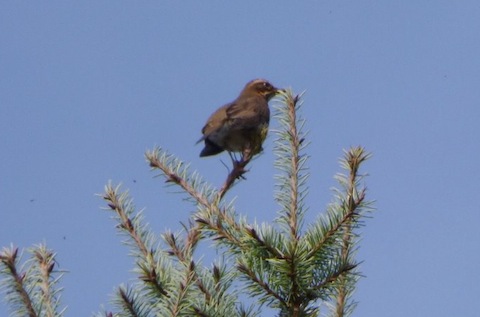
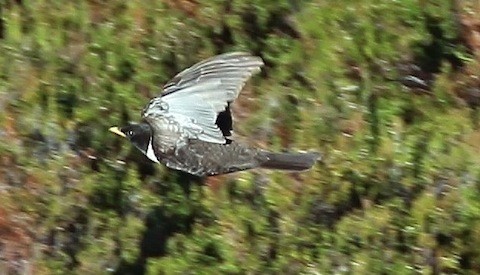
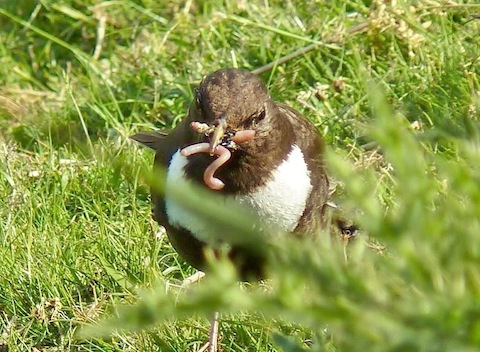
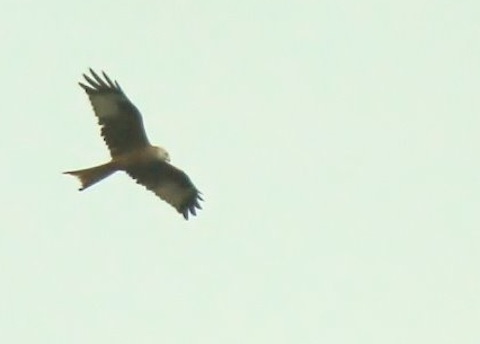
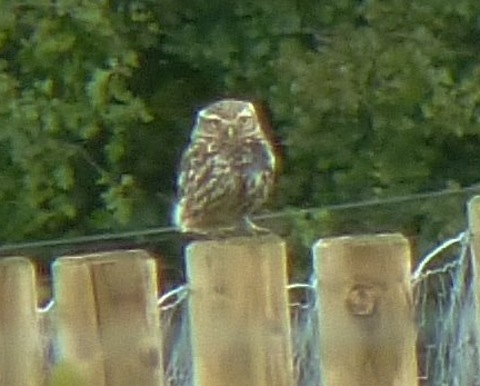
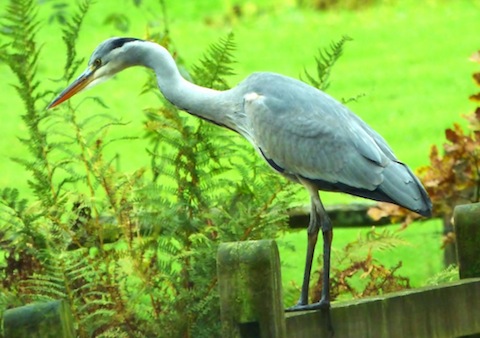
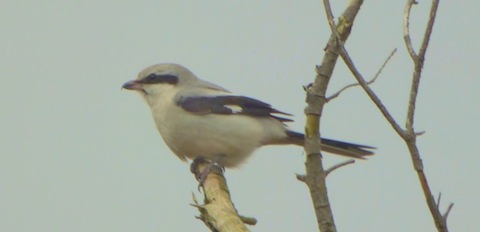
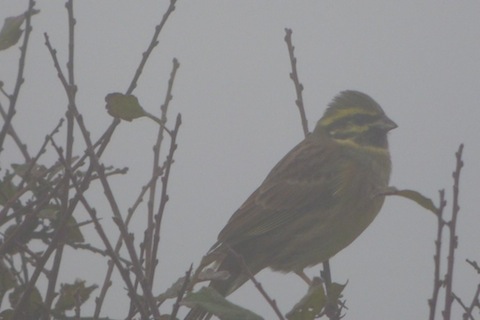
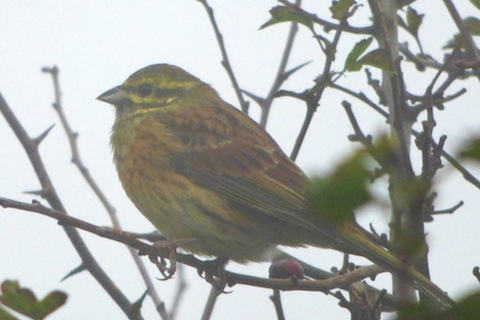
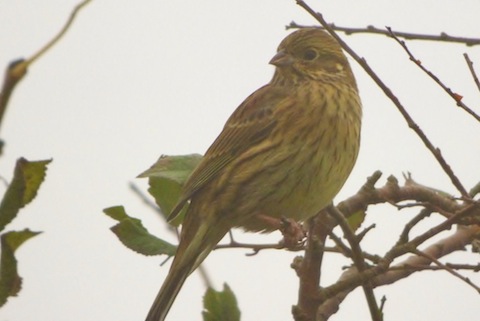
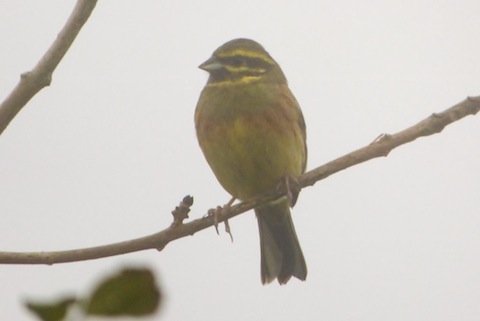
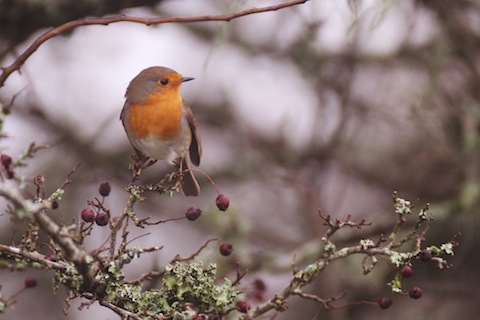
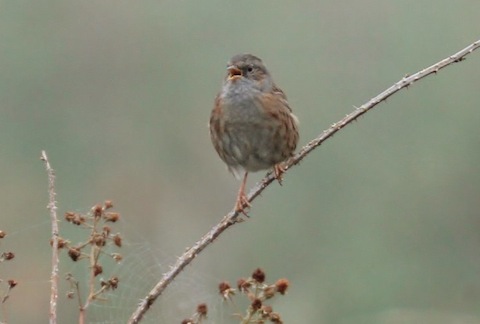



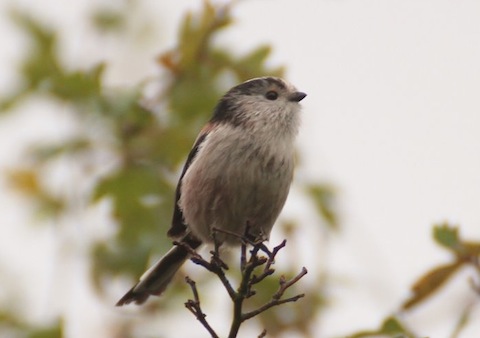

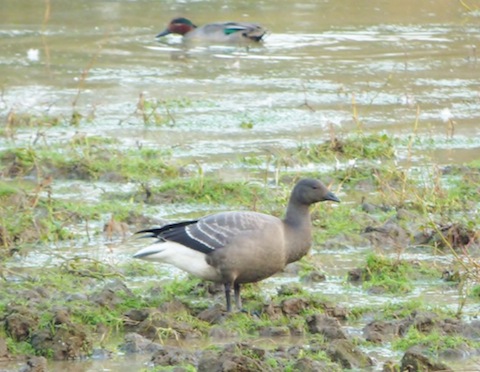
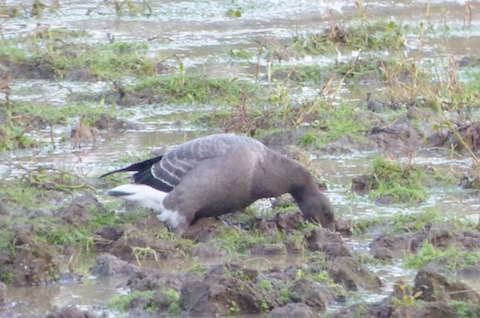
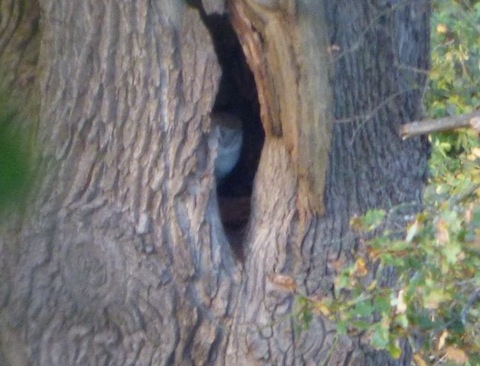









Recent Comments